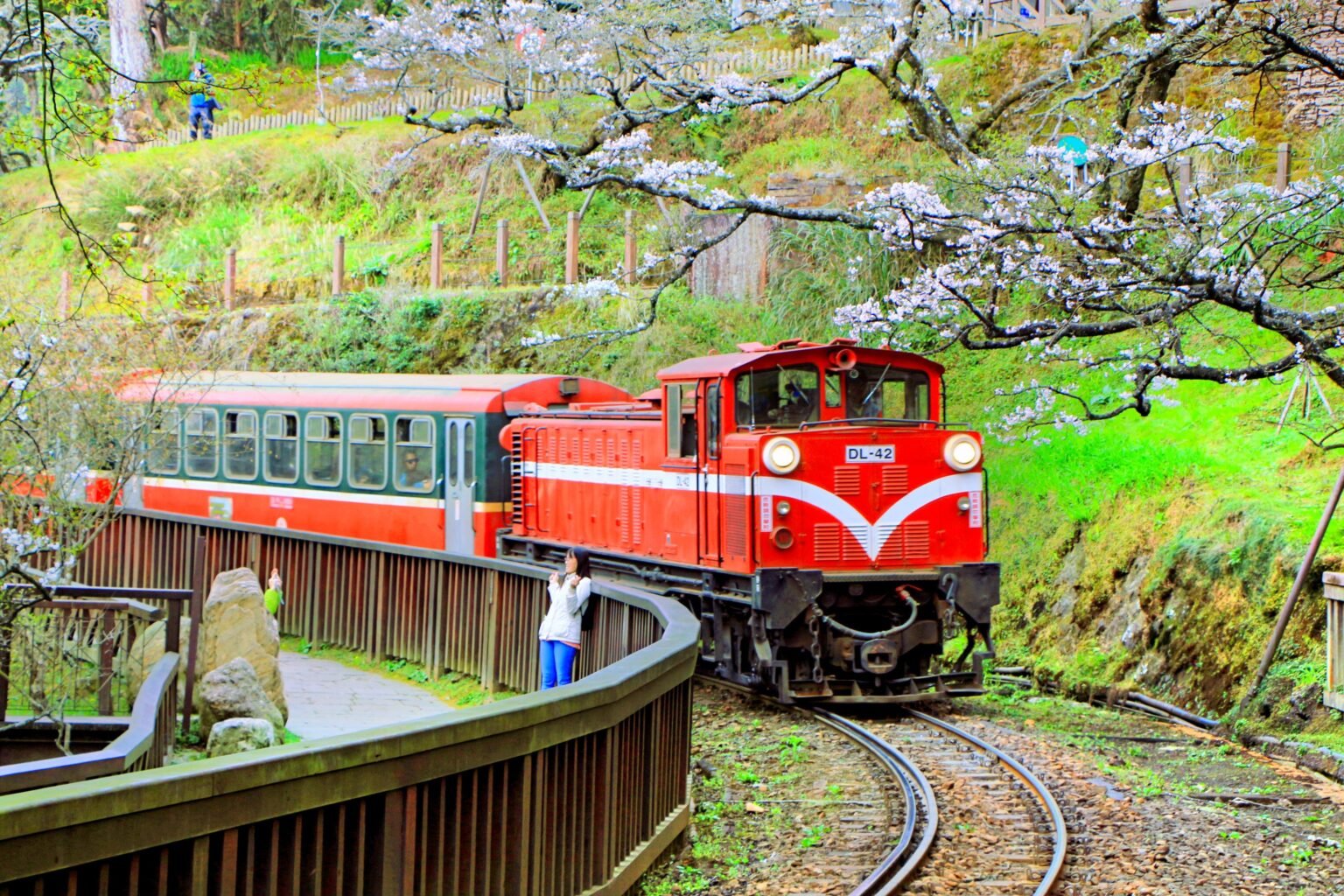Rebirth of an Icon: Alishan Forest Railway Taiwan
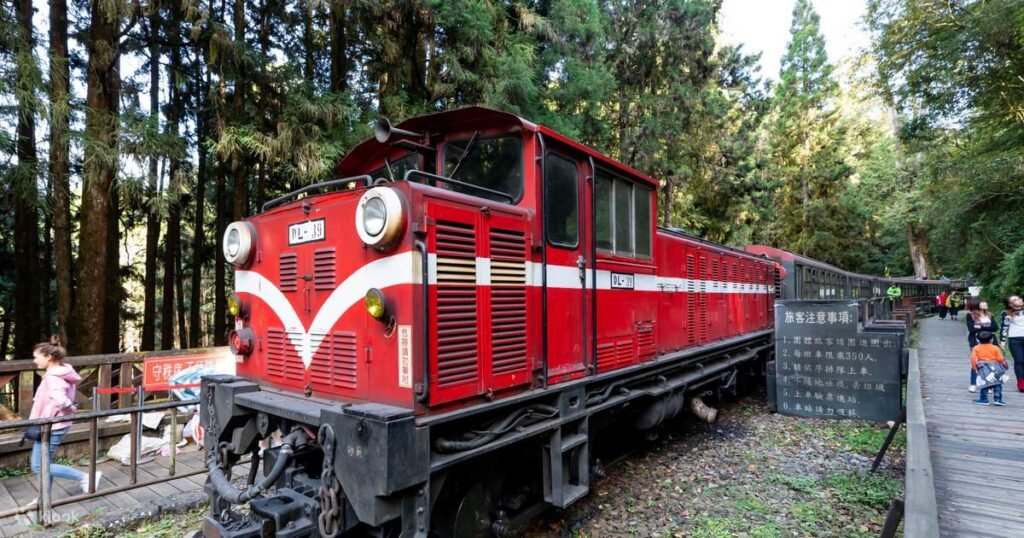
Nestled in the misty mountains of southwestern Taiwan lies a marvel of engineering and history — the Alishan Forest Railway. Once a thriving timber transport route, this narrow-gauge railway has transformed into a cultural treasure and tourism gem. The restored Alishan Forest Railway in Taiwan covers 71km of breathtaking terrain, linking Chiayi City to Alishan Station.. Along the way, it winds through 50 tunnels, crosses 77 bridges, and climbs to an elevation of 2,216 meters. Since reopening in 2024, the Alishan Forest Railway Taiwan has stood as a powerful symbol of resilience and revival—not just for its historic legacy, but for the renewed hope it brings to Indigenous communities and mountain villages.
From Timber Transport to Tourism Marvel
Japanese engineers began building the Alishan Forest Railway in 1900, during Japan’s colonial rule of Taiwan. Their goal was to transport valuable timber—especially cypress and cedar—from remote mountain forests to coastal ports. By 1907, steam-powered Shay locomotives roared through Alishan’s steep switchbacks, carving paths through dense woodlands. Moreover, they gained global recognition for conquering engineering feats like the Dulishan Spiral, which still holds a world record.
As timber demand waned in the 1960s, the railway transitioned into a passenger service. But a series of natural disasters, including a massive fire in 1976, a powerful earthquake in 1999, and the devastating Typhoon Morakot in 2009, brought its operations to a halt.
Despite these setbacks, efforts to restore the route never ceased. The Taiwan Railway Administration and Forestry Bureau, supported by the Ministry of Culture’s renewed cultural focus, officially reopened the full route in April 2024.
Alishan Forest Railway Taiwan: A Journey of Natural Wonders and Engineering Feats
Riding the Alishan Forest Railway Taiwan offers an immersive experience into the island’s varied geography. As the train climbs higher, passengers witness dramatic elevation changes through spiraling tracks, feel the thrill of passing over towering bridges, and marvel at hand-dug tunnels. At one steep section, a sudden alarm signals a brief loss of traction — a testament to the line’s steep gradients and complex curves.
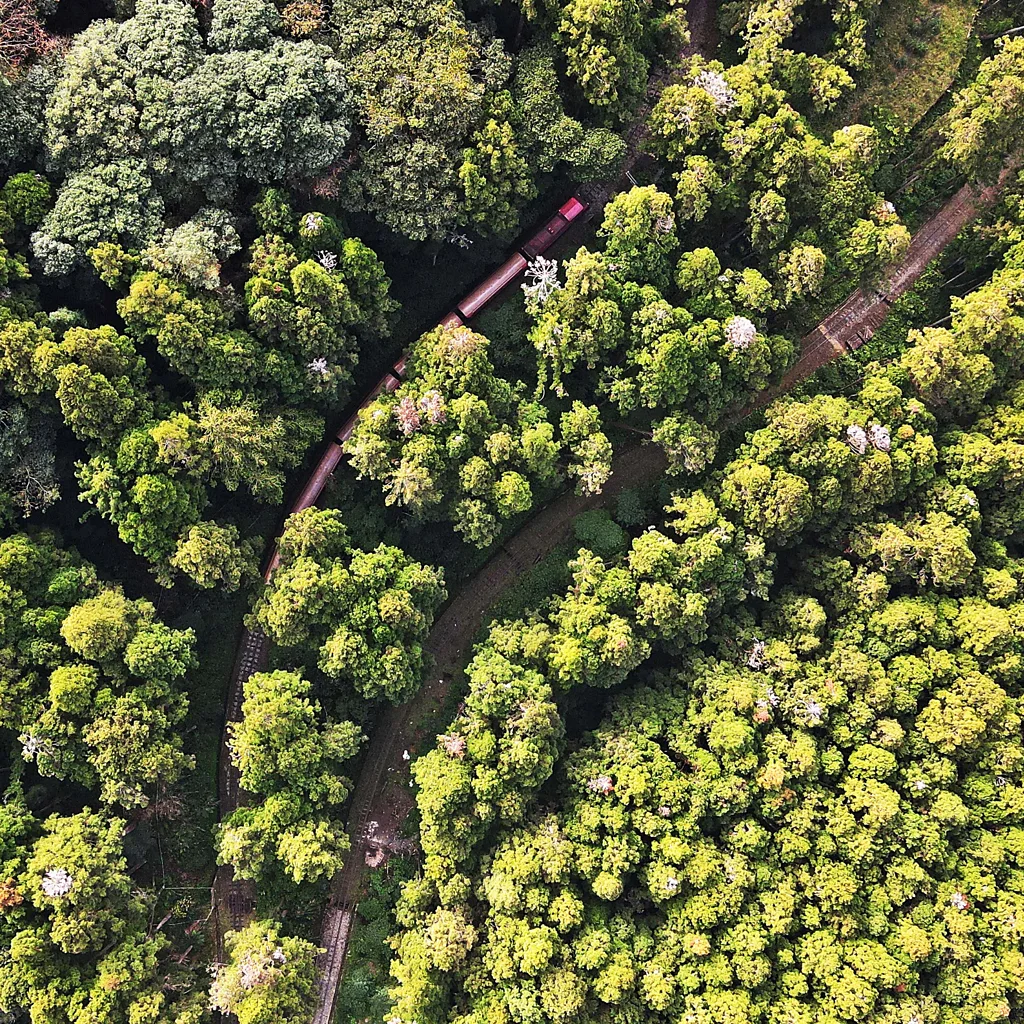
The track is largely inaccessible by heavy machinery, requiring much of the recent restoration to be done manually. New tunnels have replaced eroded ones, balancing safety and heritage preservation. The scenic railway winds through habitats rich with wildlife — home to over half of Taiwan’s firefly species, giant flying squirrels, and deer whose legacy lives on in place names like Lumachan.
Alishan Forest Railway Taiwan Revives Mountain Villages Along the Route
The train’s first major stop is Lumachan — once a thriving tobacco hub, now surrounded by lush rice paddies. The revived railway has brought new life to the area, where a modern station with a traditional tiled roof welcomes travelers to explore the Tobacco Cultural Park. Visitors can tour renovated warehouses that once stored tobacco leaves — a nod to the region’s agricultural past.
Next is Fenqihu, once a vital hub for railway maintenance and timber workers. Among the village’s many stories is that of Li Mao-Song, whose grandfather once hauled coal for the trains. A refurbished steam engine and a small museum display the legacy of this industrious settlement. Tourists now pause here to enjoy scenic hikes, visit family-run shops, or indulge in local culinary delights like the famous turkey bento boxes, once favored by lumberjacks and train conductors.
Culture, Cuisine, and Cedar
Food is a key part of the experience on the Alishan Forest Railway Taiwan. Stations like Fenqihu are surrounded by bustling food stalls offering traditional dishes. The air fills with the aroma of slow-cooked meats, pickled vegetables, and soy-based broths. Bento boxes wrapped in paper harken back to a different era — a meal to be enjoyed slowly, in harmony with the tempo of the train.
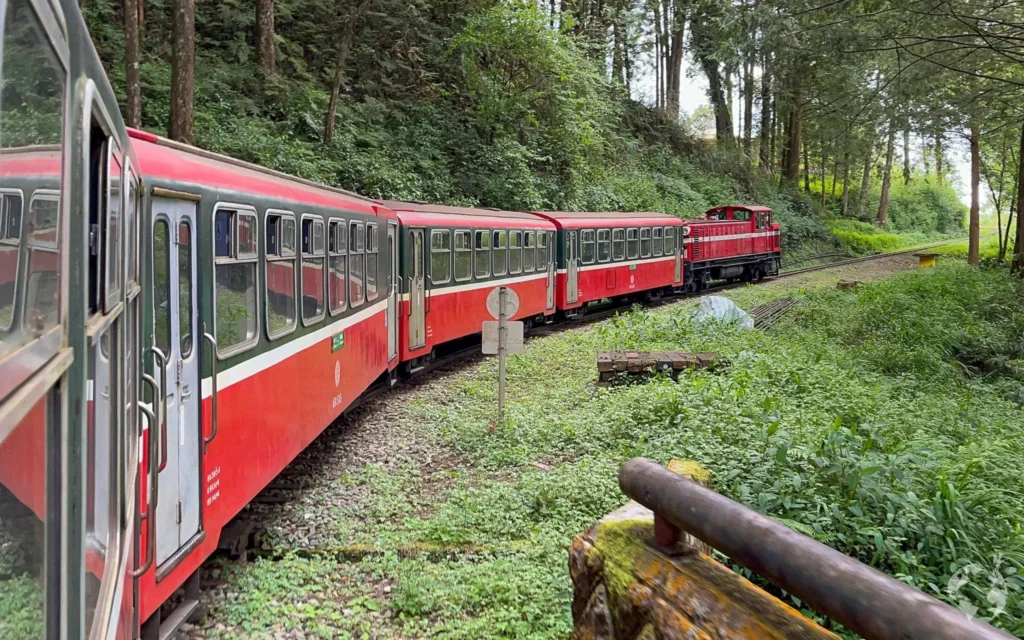
The forest canopy outside the train windows tells its own story. These are not just trees; they are guardians of a cultural landscape. Many are grown and maintained by the Tsou tribe, one of Taiwan’s Indigenous peoples. By managing bamboo and cedar forests responsibly, they not only preserve traditional practices but also support sustainable economic growth.
Women at the Helm of a Revived Legacy
In earlier decades, the railway workforce was predominantly male. Today, that narrative is changing. Lo Yu-Ting, formerly the stationmaster at Taiwan’s highest station, Zhushan, now oversees daily operations on the line. She recalls how teamwork and institutional support allowed her to balance a demanding role with raising two daughters. “I was happy to discover so many capable women working in various departments,” she shares. Her leadership and that of others reflect a broader shift toward inclusivity and gender equality in Taiwan’s transportation sector.
Chiayi: Gateway to the Mountains
The journey begins in Chiayi, a city with deep connections to the railway’s history. Hinoki Village, once home to railway engineers and staff, is now a heritage site filled with preserved cypress houses. These charming wooden structures host bubble tea cafes, artisan stores, and cultural exhibits. Typically, visitors begin their journey here, soaking in the nostalgic atmosphere before boarding the distinctive red diesel train at Chiayi Station.
Just beside the platform, modern high-speed trains blur past — a stark contrast to the slow, meditative pace of the Alishan Forest Railway Taiwan. This striking contrast between tradition and innovation highlights how Taiwan preserves its heritage while actively embracing the future.
The Mascot with Meaning
Outside one of Hinoki Village’s cottages stands a fibreglass deer wearing a cap with the railway’s emblem. It might seem like a whimsical detail, but its symbolism runs deep. Deer have long been a symbol of longevity in Taiwanese culture, and their brown coats resemble the hues of Alishan’s cedar forests. Though rarely seen on the journey, deer still roam through the region’s names, stories, and cultural identity.
Redefining Travel in Taiwan
The Alishan Forest Railway Taiwan isn’t just a transportation route; it’s a cultural corridor. It bridges Taiwan’s colonial past, Indigenous heritage, and natural beauty. It revives fading villages and provides a template for sustainable, meaningful travel in the 21st century.
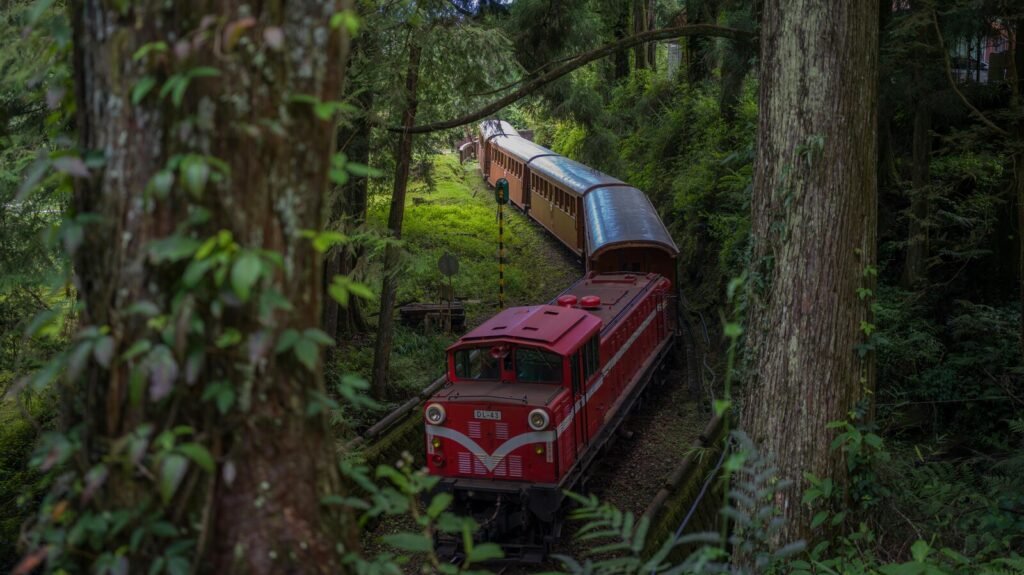
As international visitors return in growing numbers — thanks to new flight routes and rising global awareness — this heritage railway shows that slow travel isn’t just possible; it’s essential. Through every twist, tunnel, and timber-lined platform, the railway invites travelers to connect, reflect, and rediscover the magic of the journey.
Final Thoughts
More than a century since its creation, the Alishan Forest Railway Taiwan still captivates travelers with its rich history and breathtaking landscapes. It’s a testament to resilience, craftsmanship, and community. For travelers willing to slow down, the railway delivers more than scenery — it connects them deeply with Taiwan’s enduring soul.
